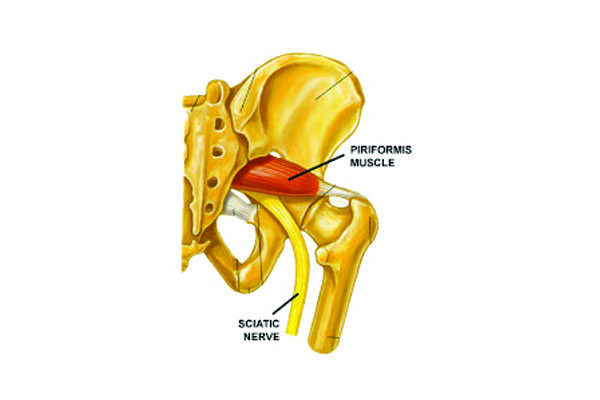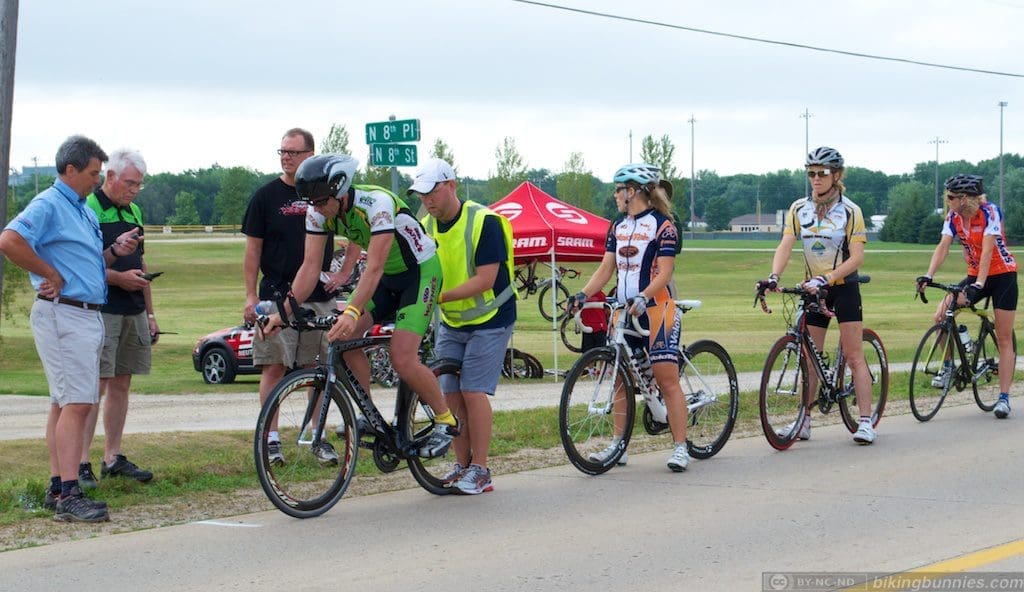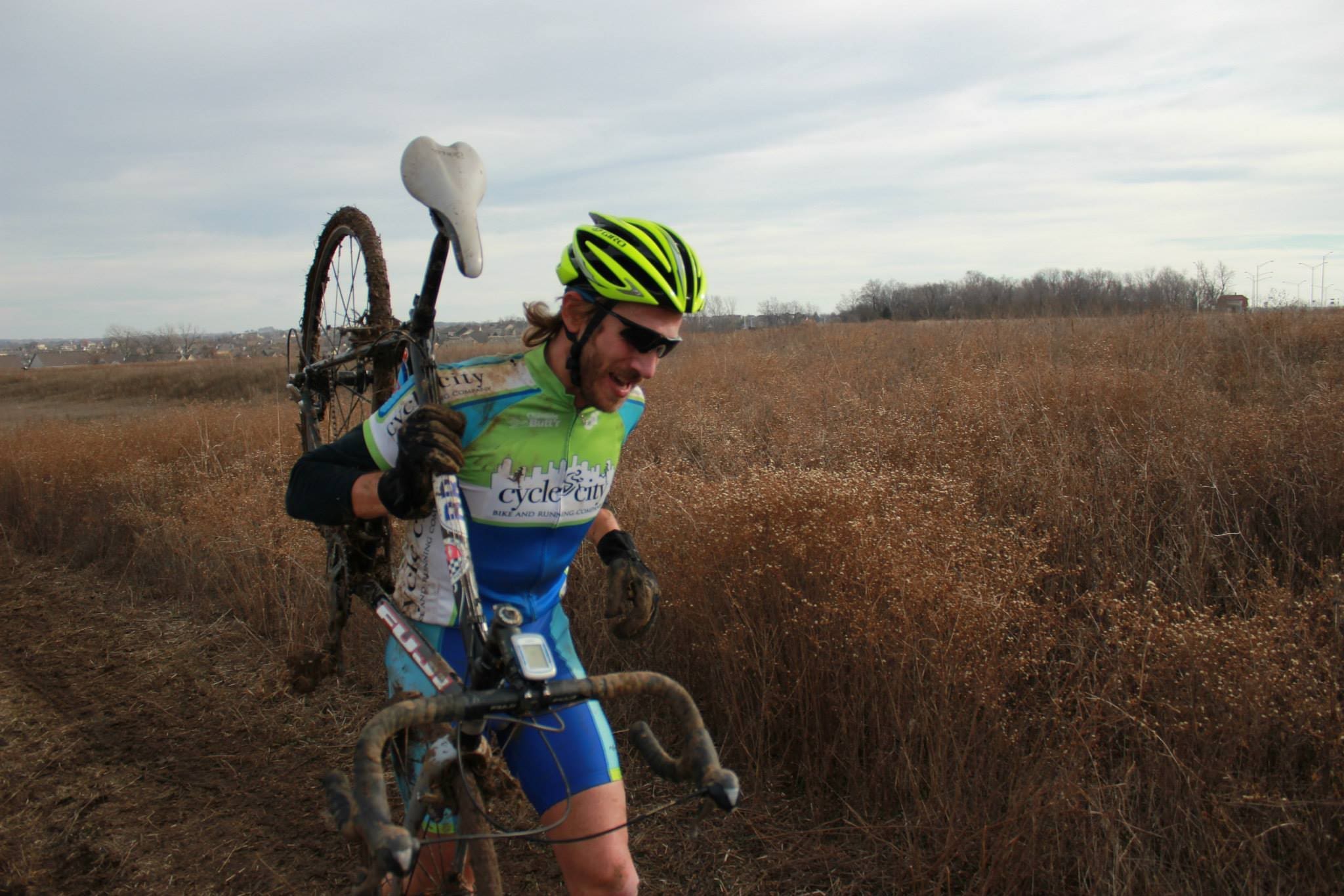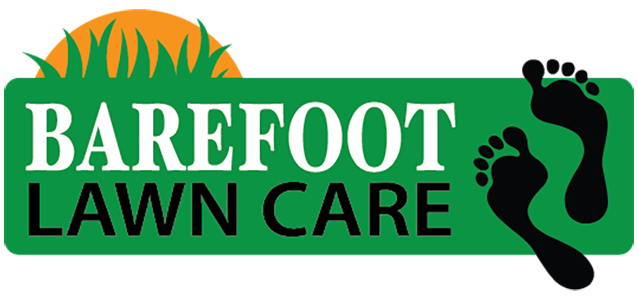By Gina Poertner, CHES
Your day is cruising right along until you stand up and there it is, pain deep in the upper glutes that makes you reconsider taking that next step. You carefully move around and manage to work it out, only to have it return as you head out for your ride or run. Such pain is generally referred to as Piriformis Syndrome, a neuromuscular condition with various causes of pain in the upper buttock or sacroiliac (low back) region that may include compression of the sciatic nerve. Pain, numbness, or tingling down the back of the thigh may be experienced, even reaching to the foot.
What Is It?
The piriformis muscle is located deep in the pelvic area in the upper buttock and is relatively small compared with surrounding muscles and lies over the sciatic nerve. Flat and band-shaped, it assists with stability during standing, walking, and to lift and rotate the thigh away from the body. In some people, the sciatic nerve runs through the muscle which makes them more prone to symptoms should it become injured or inflamed. Since the piriformis connects the sacral vertebra to the femur, SI joint or hip pathology, sciatica, and lower spine issues should be ruled out by a healthcare professional to avoid worsening or permanent nerve injury.
Causes
A fall or direct hit to the muscle can, of course, cause injury. More commonly, twisting and lifting at the same time is the culprit. Simply twisting the torso while picking up a bag of athletic gear can strain this small muscle. The potential for this is increased if the overlying larger muscles are weak or imbalanced. Excessive hip rotation during activity is a chronic (long-term) cause of pain. A common example of this is over-pronation during running. This is a motion where the ankle tilts inward with each step, causing a chain reaction up through the hip, activating the piriformis to prevent over-rotation of the knee. This is why it is so important that our running mechanics and cycling technique remain optimal, that our knees and feet track correctly at this high level of activity. Conversely, prolonged sitting, especially in a cross-legged position, can cause strain or spasm of the piriformis.
How To Keep It At Bay
Once any spinal or disc issues have been ruled out and you know the cause is muscular, you are ready to take some action towards healing. Engage in training activity as tolerated. A few days rest may be in order to settle things down before resuming activity. Use ice and heat as indicated. Continue practicing a good flexibility routine to maintain range of motion. A postural strength program to include core, hip, and gluteal muscles will help prevent injuries due to weakness. Practice good posture when sitting, standing, and lifting. Sit with feet flat on the ground rather than crossing one leg over the other. When standing, distribute weight evenly on both feet, and lift objects with your legs to decrease strain on your low back. If you have a desk job, sitting properly with feet flat on the floor and getting up to move around frequently will help during working hours. Self-massage using a foam roller or massage ball helps break up adhesions and encourages blood flow to promote healing. Be careful if you have symptoms of sciatic nerve compression – tingling, pain, or numbness down the back of the leg – you don’t want to add more pressure to an already compressed nerve. Allotting time to soft tissue mobility and strength will serve you well in preventing injury and decreasing downtime when injury strikes.
















Some Runners may have over-pronation due to excessive running which may cause piriformis syndrome. I being a runner too have read many articles such as on runners world on how to prevent piriformis syndrome in runners and how to take care while running.